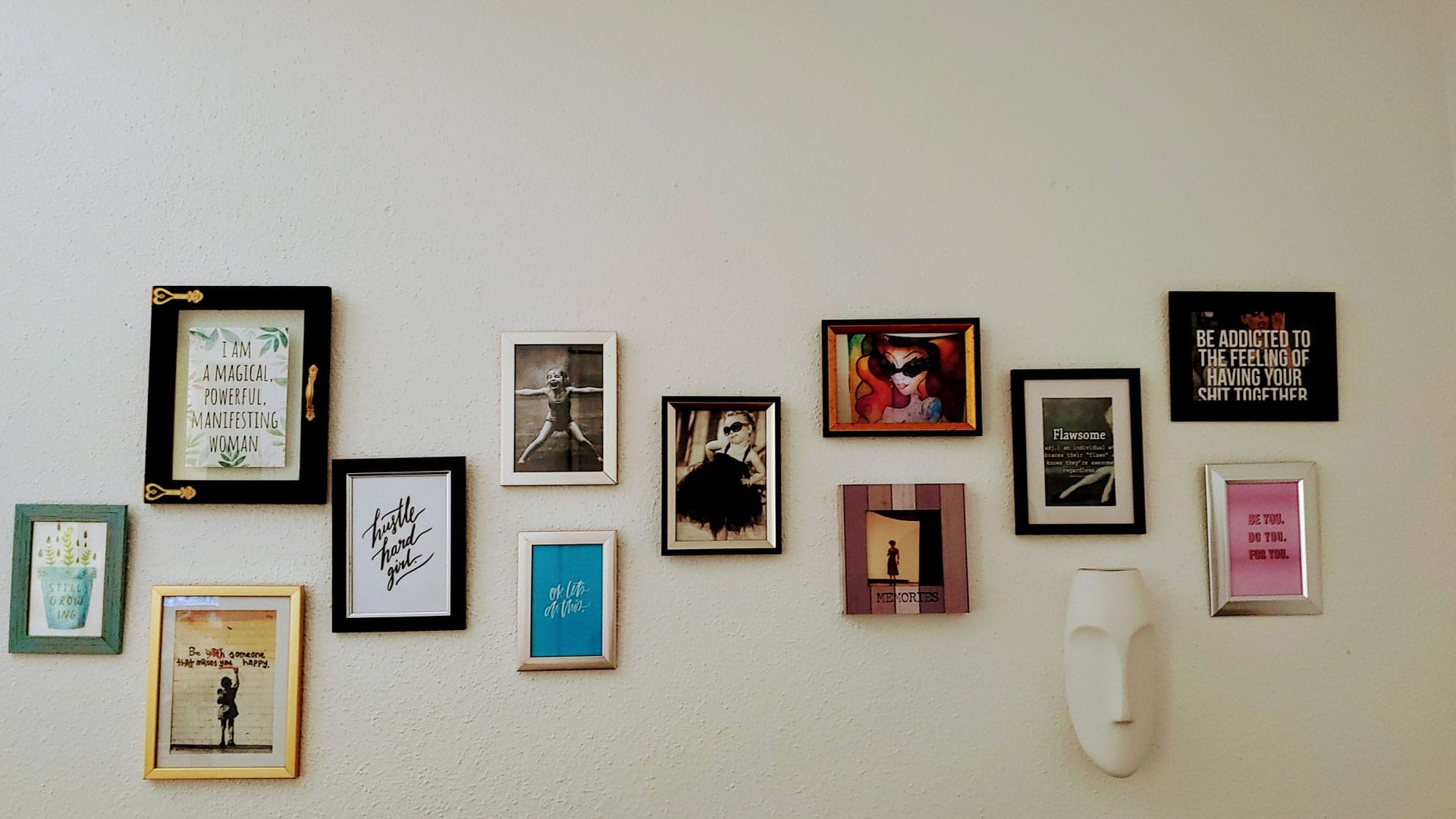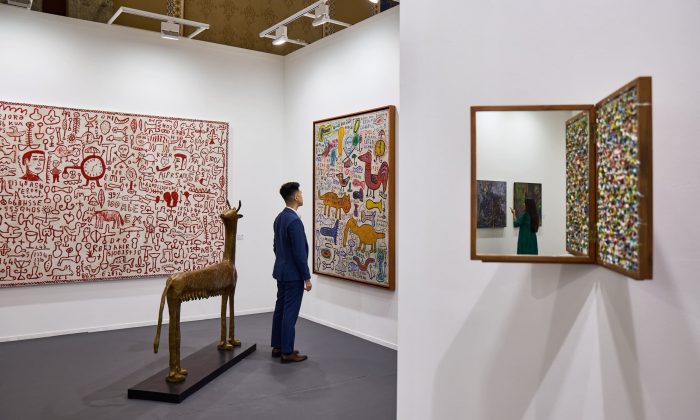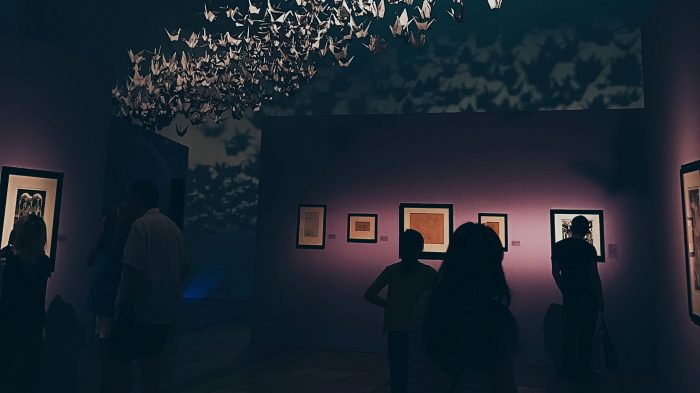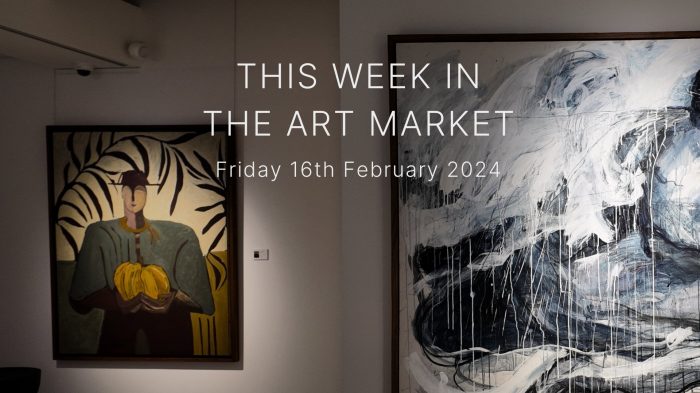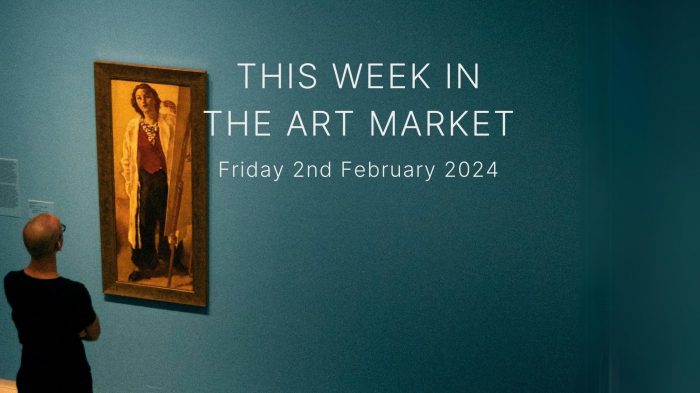Some works of art look like they are just ‘anything’ that has been placed on a wall. While art is subjective, it most certainly is not just a collection of ‘anything’.
What is art?
According to William Rubin, director of the Museum of Modern Art in New York, “there is no single definition of art”. In a more concrete sense, we may also understand art as a skill acquired by experience, study, or observation; a branch of learning; an occupation requiring knowledge or skill; the conscious use of skill and creative imagination especially in the production of aesthetic objects, and finally; decorative or illustrative elements in printed matter.
‘Skill and creativity’ debunks the statement that ‘anything is art’. Regardless of how abstract, unusual or ‘out there’ it is, art needs to be created with skill, passion, understanding, and creativity.
Furthermore, art is created to stimulate thought, to challenge perceptions, and, in many cases, push the boundaries of social, community, and political ideals. In doing so, artists and creatives often use the strangest of mediums and materials to do so – from rotten fruit, to hair and even bones. Nevertheless, there is a process, a “skill”, a “creativity” and a “consciousness” in these works of art.
How do items wind up in a gallery?
Being represented by a gallery can often be the defining moment in an artist’s career. It puts their works in front of lovers, critics, and buyers of art. These works on walls are not picked at random to be displayed.
In totality, galleries work with curators, artists and technical personnel to display these works. Planning the set-up, layout and placement of artworks is a crucial step in exhibitions to ensure the right intended messaging is conveyed to viewers. Behind the scenes, exhibitions and events are scheduled and held to promote artists and their artworks. To place just ‘anything’ on gallery walls does not automatically mean that the object is a work of art, unless the artist or creator had intended for the work to be there.
Curators provide us with unique experiences where artworks are arranged, marketed, and supported to keep interested artists and buyers coming through their doors.
“Objects in museums are never scattered about at random. Rather, they are installed after a painstaking process of reflection. While visitors may not always be able to see the work that has gone into an exhibit, curators are careful to make them cohere according to form, theme, context, and chronology, among other attributes”.
Summary
Art is not just ‘anything’; it is a creation that calls upon beauty and reflection, eliciting emotional responses from viewers. It brings people together while pushing the social agenda of our societies, cultures and practices. Masterpieces are recognised by people around the globe, paying tribute to popular culture of the time, be it the Mona Lisa or Banksy.
Should you be starting out on your fine art journey, the team at Art Works are experts in working to establish your portfolio, sourcing works from the best new and emerging artists from around the world, while advising on building a portfolio with capital growth and income generation potential.

